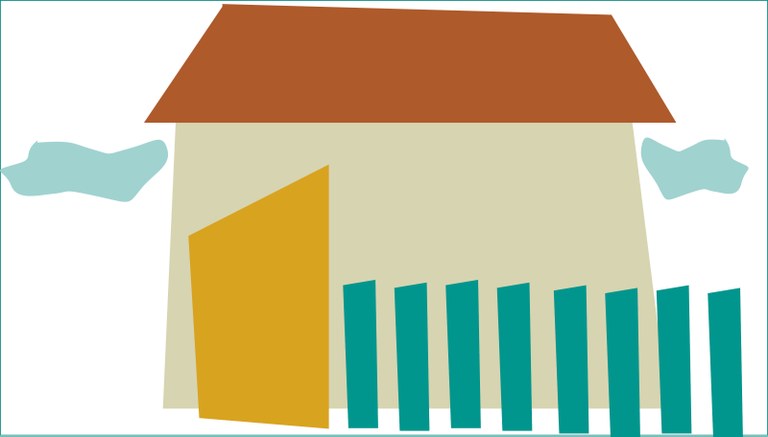Overview
Information from community-based health programs is important for understanding what HIV programs are doing to test, treat, and retain in care people who are living with HIV. However, until now there has been no centralized registry of community-based indicators to inform HIV programming at the community level.
To address the need for standardized monitoring and evaluation at the community level, MEASURE Evaluation developed this collection of community-based indicators for HIV programs. The collection includes detailed indicator definitions and reference details, examples of data use for selected indicators, links to additional resources, and a means to feedback and make recommendations. This collection organizes indicators into five categories: Vulnerable Children, Prevention of Mother-to-Child Transmission, Key Populations, HIV Prevention, and Home-Based Care.
Use of validated indicators allows programs to measure if the beneficiaries of community programs are being assessed and tested, are receiving needed services, and if people living with HIV are adhering to treatment. Use of indicators also increases the likelihood that programs are monitored and that, therefore, more community data is reported into health information systems where they may be used to inform program, management, and service delivery decisions.
Background and Methods
In 2017 and 2018, MEASURE Evaluation mapped HIV community-based data elements—for vulnerable children, key populations, prevention of mother-to-child transmission, and prevention and outreach programs—to develop indicators for community-based HIV programs.
MEASURE Evaluation gathered data collection tools from implementing and governmental partners in Nigeria, Ethiopia, South Africa, Uganda, Kenya, Côte d’Ivoire, the Democratic Republic of the Congo, and Botswana to see what measures they use to monitor and evaluate HIV prevention, care, and treatment programs at the community level.
We examined registers, home visit and household data collection sheets, referral forms, and checklists, and recorded all data elements in Excel—by country or by source and the number of tools that included each data element. We then chose the most commonly collected data elements and sent them to those partners who had originally shared resources for feedback.
The vetted data elements were then transformed into indicators, and we conducted research to inform the definition for each. We integrated further feedback from content experts at MEASURE Evaluation into the indicator definitions. Click on the Summary List of Indicators to see the collection.
Purpose of this Collection
Community-based HIV programs or program components are usually implemented by government or nongovernmental agencies in HIV prevention or treatment interventions at the household and individual levels. Many community-based programs provide services intended to mitigate the effects of HIV and AIDS, such as those for HIV prevention, HIV care and treatment, and services for vulnerable children and their families.
The programs typically use trained community health workers to reach the general population, key populations (sex workers, transgender people, men who have sex with men, and people who inject drugs), or vulnerable children and their families. Often the key collectors of HIV information, community workers can include volunteer or paid community health extension or outreach workers, as well as agents, promoters, or distributors, traditional birth attendants or midwives, and social service or case management workers. They are often members of the communities that they support, selected by and held accountable to these communities. These health workers provide services and collect data outside the formal health sector to meet critical service delivery gaps in addressing the HIV epidemic.
Yet, many low-resource community settings do not have the guidance and tools to develop a set of core, standardized indicators to evaluate program performance. What is more typical is that countries and programs collect large quantities of information on HIV from the community level, chiefly for required reporting to their donors. They often collect these data without proper mechanisms to ensure the information is used to enhance decision making and system performance.
Community-based information systems (CBIS) collect, analyze, report, and use community-focused HIV or related social welfare information generated outside health facilities. These systems can be used to inform HIV programming and policy, direct services to populations in need, monitor the continuum of care, and address equity and access issues.
Countries and programs can use this collection of community-based indicators for HIV programs to standardize their information-generation processes and ensure that they collect the essential information to inform community-based HIV programming.













